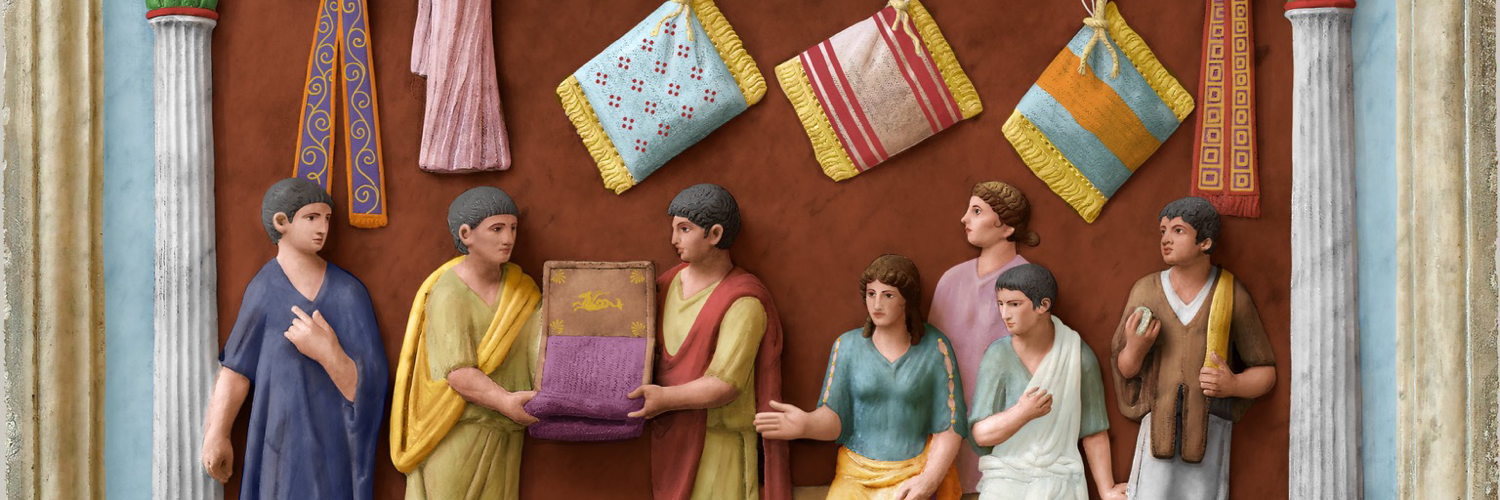
History fanatic // Holder of several useless patents // Constantly going on about ancient #polychromy // Digital restorations: http://instagram.com/chapps 🏳️🌈
This profile is from a federated server and may be incomplete. Browse more on the original instance.
